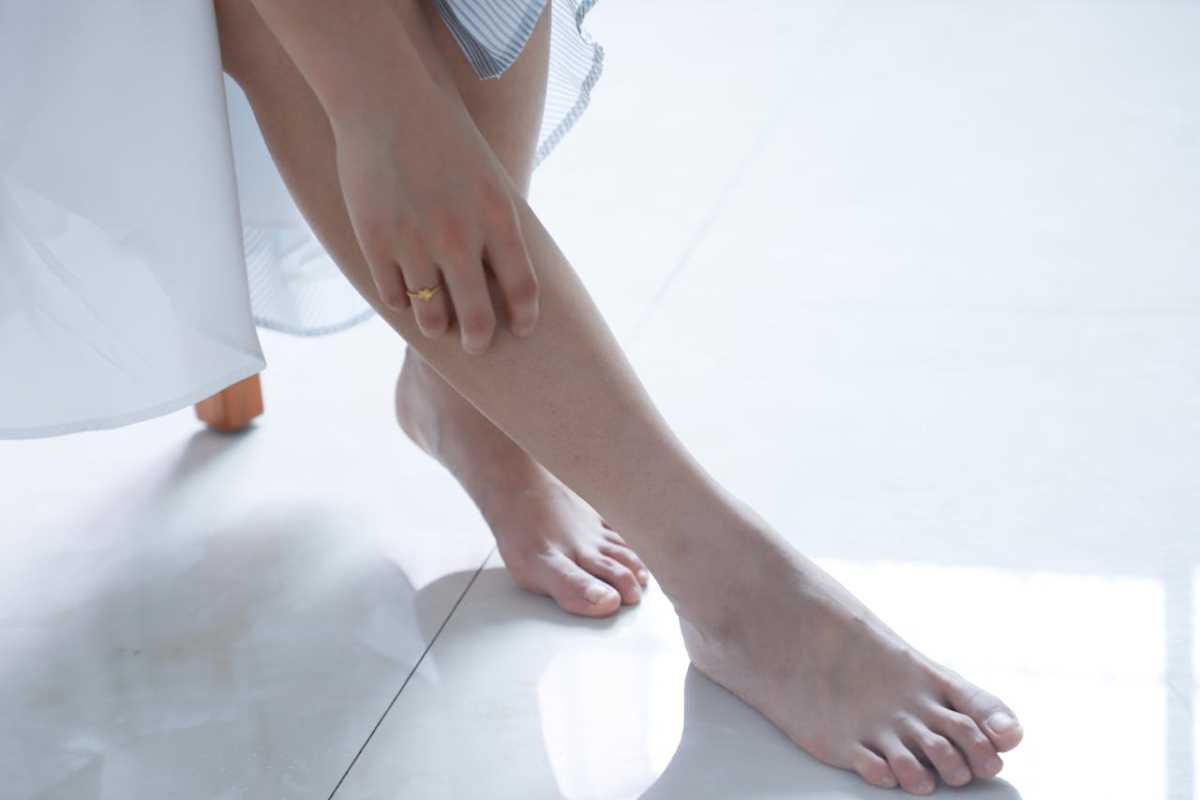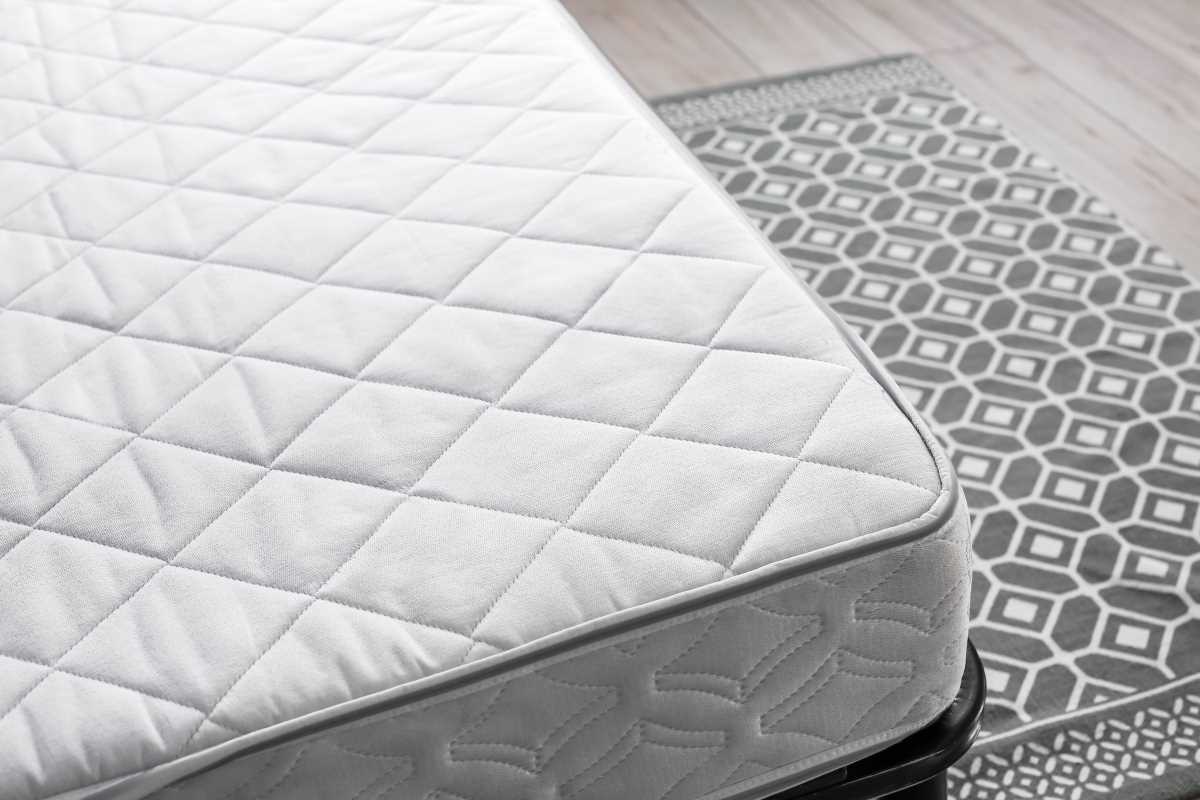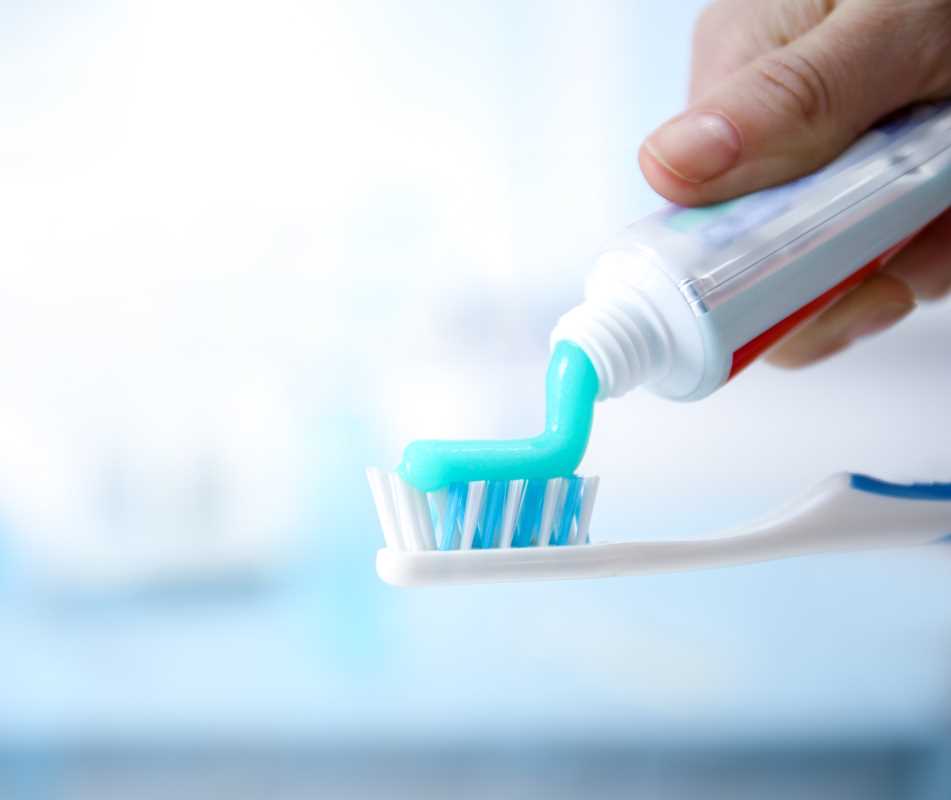Your daily shower routine is probably second nature. You wash your hair, your body, and you rinse off. Many people assume that the soap and water running down their legs is enough to get their feet clean. You might be surprised to learn that this passive approach isn't doing your feet any favors. Your feet work hard for you every single day, and they deserve dedicated attention. Giving them a proper wash is about more than just hygiene; it’s a simple act of self-care that can prevent common issues like fungal infections, odor, and dry, cracked skin. Don't worry, we've got you covered. This guide will walk you through why a different approach matters and how to give your feet the care they truly need.
The Problem with the "Trickle-Down" Method
Letting soapy water run over your feet in the shower is a common practice, but it's not very effective. Your feet are complex structures with 26 bones, 33 joints, and over 100 muscles, tendons, and ligaments each. They also have thousands of sweat glands. This intricate anatomy creates many nooks and crannies where dirt, sweat, and bacteria can accumulate. Simply letting water cascade over them is not enough to dislodge this buildup.
Think about it this way: you wouldn't just let shampoo run over your hair without scrubbing your scalp. Your feet require the same deliberate, hands-on approach. The areas between your toes, around your nails, and on the soles are particularly prone to collecting grime and moisture. Without direct cleaning, these areas can become breeding grounds for bacteria and fungi, leading to a variety of uncomfortable and persistent problems.
What Really Builds Up on Your Feet
Your feet are constantly in contact with different surfaces. Even inside your shoes, they are in a warm, dark, and often moist environment. This is the perfect setting for bacteria to thrive. These bacteria feed on the sweat and dead skin cells your feet naturally produce, and the byproducts of this process are what cause foot odor.
Beyond bacteria, fungi are another major concern. The fungi that cause conditions like athlete's foot and toenail fungus are everywhere in our environment. They love warm, damp places. An unwashed or improperly dried foot provides an ideal home for these fungi to multiply. A quick rinse in the shower is not enough to remove these microscopic invaders, leaving you vulnerable to infection.
Common Foot Problems from Improper Washing
Neglecting to wash your feet properly can lead to several common yet preventable health issues. Recognizing these problems can be a powerful motivator to change your routine. Everyone deserves to feel comfortable and confident, and taking care of your feet is a big part of that.
Athlete's Foot (Tinea Pedis)
Athlete's foot is a contagious fungal infection that typically begins between the toes. It causes an itchy, scaly rash that can sometimes sting or burn. The fungus thrives in the damp, warm environment that is often created by sweaty feet confined in tight-fitting shoes. Washing your feet thoroughly and, just as importantly, drying them completely—especially between the toes—is your best defense against this common ailment.
Toenail Fungus (Onychomycosis)
This is another fungal infection that affects the nails, causing them to become discolored, thickened, and brittle. It can be difficult to treat and often starts as a small spot under the tip of the nail. The fungus can enter through tiny cuts in your skin or a small separation between your nail and nail bed. Keeping your feet and the area around your nails clean and dry helps to create an environment where this fungus cannot easily take hold.
Foot Odor (Bromodosis)
Persistent foot odor is almost always a result of bacteria and sweat. While your feet are supposed to sweat to help regulate body temperature, the smell comes from the bacteria breaking down that sweat. A thorough daily wash with soap and water physically removes a significant amount of these odor-causing bacteria. The trickle-down method leaves many of them behind, allowing them to continue multiplying and producing unpleasant smells.
Dry, Cracked Heels
You might think that washing your feet more would make them drier, but the opposite can be true when done correctly. Dead skin can build up on your heels, leading to thick, hard calluses that can eventually crack. These cracks, also known as fissures, can be painful and may even bleed, opening the door for infection. Regularly exfoliating your feet as part of your washing routine helps to remove this dead skin buildup, keeping your heels soft and smooth.
The Right Way to Wash Your Feet
Upgrading your foot-washing technique is simple and doesn't require a lot of extra time. It’s all about being intentional. Here is a step-by-step guide to help you get started.
Step 1: Use Soap and Your Hands (or a Tool)
Don't rely on gravity to do the work. Take a bar of soap or a bit of body wash on your hands, a washcloth, or a soft brush and actively scrub every part of your feet. Pay special attention to the soles, the heels, and the sides. This physical scrubbing is what lifts away dirt, dead skin cells, and microbes.
Step 2: Clean Between Your Toes
This is a step that many people miss. Carefully clean the spaces between each of your toes. This is where moisture and fungi love to hide. Gently separating your toes and washing these areas can make a huge difference in preventing infections like athlete's foot.
Step 3: Don't Forget Your Nails
Use a soft nail brush to gently scrub around and under your toenails. This helps to remove any trapped dirt or debris that could lead to fungal infections or ingrown toenails. Be gentle; you don't want to damage the delicate skin around your nails.
Step 4: Rinse Thoroughly
After you've scrubbed your feet completely, make sure to rinse off all the soap residue. Leftover soap can be drying and irritating to the skin.
Step 5: Dry Completely
This is arguably the most important step of all. Moisture is the enemy of foot health. After your shower, take an extra minute to dry your feet thoroughly with a clean towel. Pay special attention to drying the spaces between your toes. You can even use a separate towel just for your feet to prevent the spread of any potential fungus to other parts of your body.
Elevating Your Foot Care Routine
Once you've mastered the basics of proper washing, you can incorporate a few extra steps to take your foot care to the next level.
Exfoliate Once or Twice a Week
Use a pumice stone or a gentle foot scrub to exfoliate your feet a couple of times a week. This helps to remove the buildup of dead skin, especially on your heels and other callused areas. Regular exfoliation keeps your skin soft and helps prevent painful cracked heels.
Moisturize Daily
After washing and drying your feet, apply a good moisturizer. This helps to lock in hydration and keep your skin barrier healthy. Look for a thick cream or ointment specifically designed for feet, as the skin on your soles is much thicker than on the rest of your body. Avoid putting lotion between your toes, as this can create too much moisture.
Inspect Your Feet Regularly
Make it a habit to look at your feet every day. Check for any cuts, blisters, redness, or changes in your nails. This regular inspection allows you to catch any potential problems early before they become more serious. This is especially important for individuals with diabetes or poor circulation.
A Small Change with Big Rewards
Your feet are your foundation, carrying you through life every single day. They deserve more than just a passing rinse in the shower. By taking just a few extra minutes to wash your feet properly, you can prevent a host of common and uncomfortable problems, from foot odor to fungal infections. This simple act of dedicated care is an investment in your overall health and comfort.
 (Image via
(Image via





